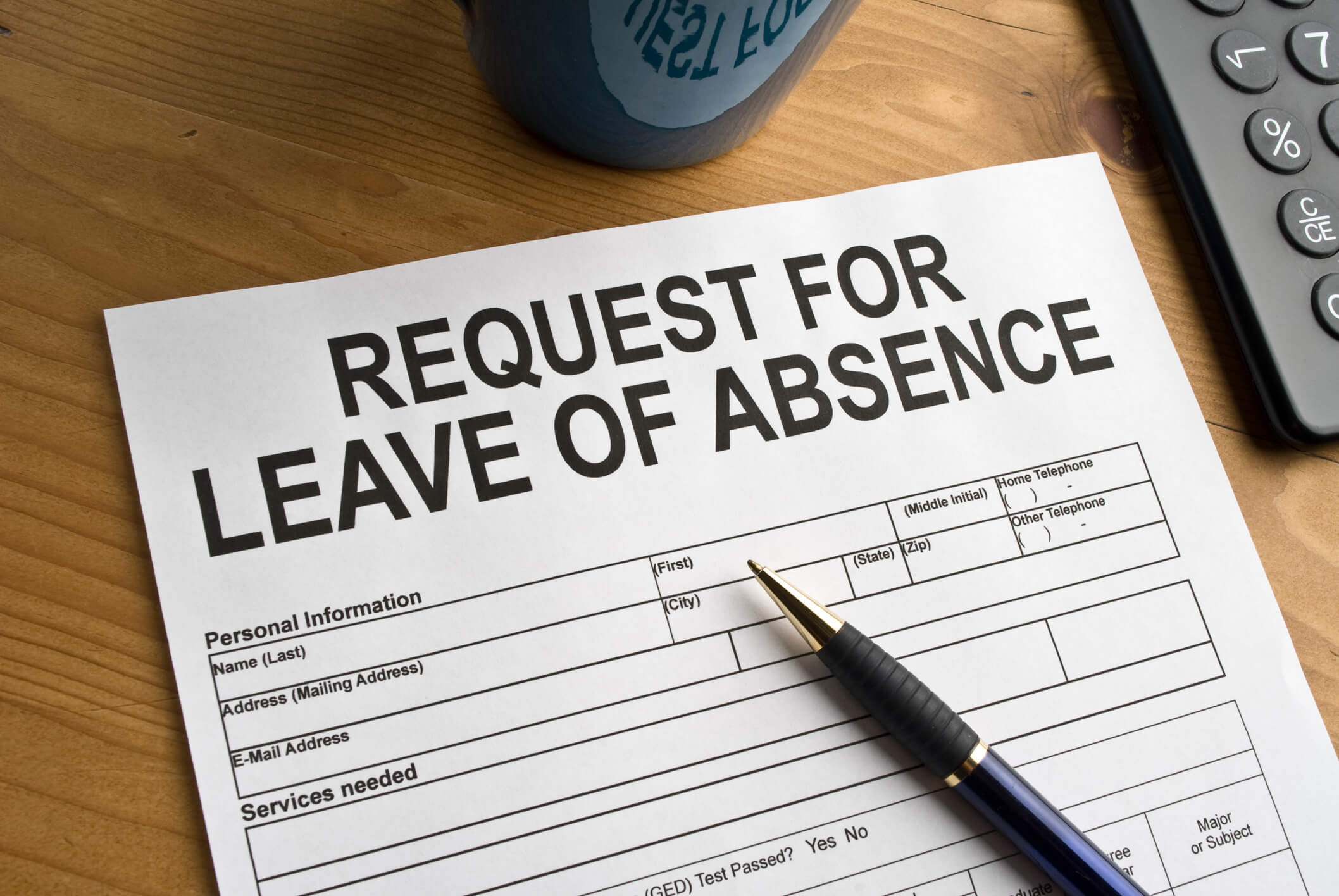The U.S. secretary of health and human services declared a public health emergency (PHE) due to COVID-19 on January 31, 2020, and since that time, employers have faced a barrage of accommodation requests, largely in the form of requests to work from home. Some three years later, the PHE expired on May 11, 2023, creating uncertainty as to employers’ continued obligation to accommodate employees due to pandemic-related reasons. The U.S. Equal Employment Opportunity Commission (EEOC) has sought to address these questions through an update that it issued on May 15, 2023, to its COVID-19–related technical assistance, “What You Should Know About COVID-19 and the ADA, the Rehabilitation Act, and Other EEO Laws.” These key updates are summarized below.
Quick Hits
- On May 15, 2023, the EEOC provided an update to its COVID-19 technical assistance explaining whether employers need to continue to provide accommodations for “high risk” individuals with disabilities.
- The guidance states that an employer’s determination as to whether an employee is suffering from COVID-19 or Long COVID should be made on a case-by-case basis.
- Employers may continue to use screening measures, but should rely on updated CDC guidance for current symptoms as COVID-19 variants emerge.
Impact on Current Accommodations
The end of the PHE does not mean that accommodations afforded to employees on the basis of pandemic-related circumstances automatically terminate. Employers may need to continue accommodations for individuals with certain disabilities, considered by the U.S. Centers for Disease Control and Prevention (CDC) to be “high risk.” Examples include individuals with cancer, chronic kidney disease, and diabetes. The EEOC suggests that employers “may evaluate accommodations granted during the public health emergency and, in consultation with the employee, assess whether there continues to be a need for reasonable accommodation based on individualized circumstances.” In particular, employers may request “documentation that addresses why there may be an ongoing need for accommodation and whether alternative accommodations might meet those needs.”
Long COVID
The EEOC maintains that whether an individual suffering from COVID-19 or “Long COVID” is disabled within the meaning of the Americans with Disabilities Act (ADA) is a determination to be made on a case-by-case basis. At the same time, the EEOC has now delineated a list of potential accommodations for individuals suffering from Long COVID. This list includes: “a quiet workspace, use of noise cancelling or white noise devices, and uninterrupted worktime to address brain fog; alternative lighting and reducing glare to address headaches; rest breaks to address joint pain or shortness of breath; a flexible schedule or telework to address fatigue; and removal of ‘marginal functions’ that involve physical exertion to address shortness of breath.”
EEOC Reminder on Harassment and Discrimination
Individuals who have been diagnosed with COVID-19 or who have suffered from Long COVID may qualify for protection under the ADA as either having a record of a disability or as being regarded as disabled. As such, the guidance reminds employers of their obligation to address instances of pandemic-related harassment or discrimination. Examples include harassment against employees who may need to wear a mask in the workplace or take other precautions, as well as harassment against individuals who have received an exemption from COVID-19 vaccination based upon reasons of disability or religious beliefs. Of course, requiring employees to stay home if they have COVID-19 or the symptoms of COVID-19 may be permissible, so long as requiring them to do so is consistent with CDC guidance.
Screening Measures
The guidance permits employers to continue to ask employees who call in sick, or all employees physically entering the workplace, whether they are experiencing symptoms of COVID-19 or whether they have tested positive for COVID-19. The guidance states that as new variants emerge, employers should rely on the CDC for guidance on current symptoms, which may help in choosing the appropriate questions to ask of employees. The guidance reminds employers that taking an employee’s temperature is a medical exam, and under the ADA there must be a business need for any medical exam. As a result, an employer may continue to take the body temperature of employees to screen for COVID-19, so long as the employer can establish a business need, which would also include that the CDC continues to identify elevated body temperature as an indication of the virus. The EEOC cautions, however, against the targeted use of such screening measures when selection is predicated on a protected characteristic.
Ogletree Deakins will continue to monitor and report on developments with respect to the COVID-19 pandemic and will post updates in the firm’s Coronavirus (COVID-19) Resource Center as additional information becomes available. Important information for employers is also available via the firm’s webinar and podcast programs.







